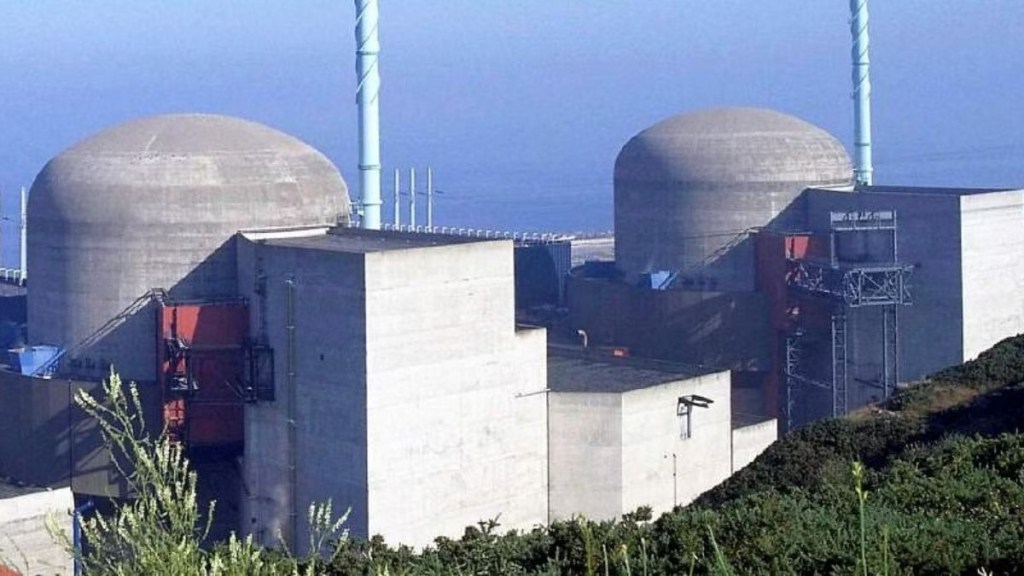On Japan’s eastern coast lies Fukushima prefecture, a region imprinted in history due to the catastrophic events that unfolded at the Fukushima Daiichi Nuclear Plant. Commissioned in 1971, this facility consisted of six light water reactors, designed to harness nuclear fission using normal water as both coolant and moderator. Coolants are meant to remove the heat from the core of the reactor and use the heat to generate electricity. The Tokyo Electric Power Company (TEPCO) and General Electric had designed and run the reactors. In the year 2002, TEPCO had faced international rebuke for failing to report cracks and other material failures in the nuclear core of several units of the plant on more than 200 occasions during the 1980s and 1990s. The entire senior leadership of TEPCO stepped down. However, the production of nuclear power continued uneventfully until 2011.
The Pre-Disaster Scenario
Up until 2011, the Fukushima Daiichi Nuclear Plant had been supplying Japan with a significant portion of its energy needs. Despite previous controversies, nuclear power production continued smoothly. However, this all changed on March 11, 2011.
The Earthquake and Shutdown
On that fateful day, at 2:45 PM, Japan experienced the most powerful earthquake ever recorded in its history. This massive seismic event occurred in the Pacific Ocean, just 72 kilometers from Fukushima. As a safety measure, the nuclear fission reaction within the Fukushima reactors automatically shut down when the earthquake was detected. Diesel generators designed to circulate coolant were activated to prevent overheating.
The Tsunami Strikes
While the earthquake triggered the shutdown, it also unleashed a devastating tsunami. Towering waves, reaching heights of 130 feet and hurtling at a staggering 700 kilometers per hour, slammed into Japan’s eastern coast. The Fukushima prefecture was inundated, and the lower floors of Units 1, 2, 3, and 4 of the nuclear plant were submerged. Tragically, the standby diesel generators were located on these lower floors, and as seawater flooded the generator rooms, the coolant circulation pumps ceased to function.
The Meltdown and Hydrogen Explosions
With the failure to remove heat from the reactor cores, a meltdown became inevitable. In normal circumstances, zirconium tubes containing nuclear fuel pellets should not interact with steam, as cool water would maintain temperatures below the danger threshold. However, in the absence of cooling, temperatures soared, causing zirconium to react with steam, generating hydrogen gas. Three massive hydrogen explosions shook Units 1 to 4, further destabilizing the plant and releasing radioactive materials into the environment.
The Aftermath
The Fukushima disaster’s scale was catastrophic, illustrated by TEPCO’s announcement that fuel debris removal might extend until 2050. Highly radioactive water continued to be discharged into the Pacific Ocean. In 2012, TEPCO admitted that fear of litigation and public backlash had prevented them from taking preventive measures. The IAEA identified a conflict of interest within the Japanese Ministry of Economy as a root cause, as it both regulated and promoted the nuclear energy sector.
Radiation Management
Efforts were made to contain radioactive water by constructing walls above and below the ground, but only limited success was achieved. It was anticipated that the tanks holding radioactive water would reach capacity by 2023, leading to the controversial decision to release this water into the Pacific Ocean in August 2023.
Health and Environmental Impact
Research on the incident’s impact remains inconclusive. The WHO predicted increased cancer risks for individuals exposed to radiation, particularly infants. However, comparisons of pre and post-disaster fish radioactivity levels showed no significant differences until certain black snapper fish in 2022 were found to exceed permitted radioactivity levels.
Fukushima’s Place in History
Fukushima shares its notoriety with Chernobyl as the only nuclear disasters rated at the same level of severity. Ongoing research seeks to understand the disaster’s ecological impact on the Fukushima region.
The Contaminants: Cesium-137, Strontium-90, and Tritium
The three main nuclear contaminants in the water being released are Cesium – 137, Strontium – 90 and Tritium. Cesium – 137 releases Beta and Gamma radiation which can both damage living tissue. It also accumulates in crops. Strontium – 90 is similar to Calcium. It can get absorbed in our bones. Prolonged exposure to Sr-90 can increase the risk of bone cancer and other bone-related diseases. The risk from Tritium, on a comparative basis is the least. It is however still a radioactive isotope.
